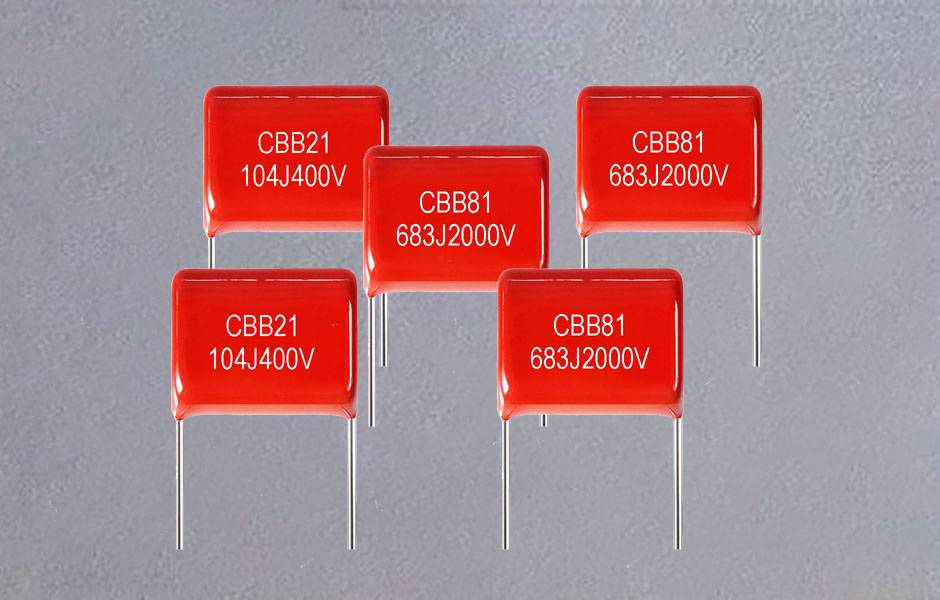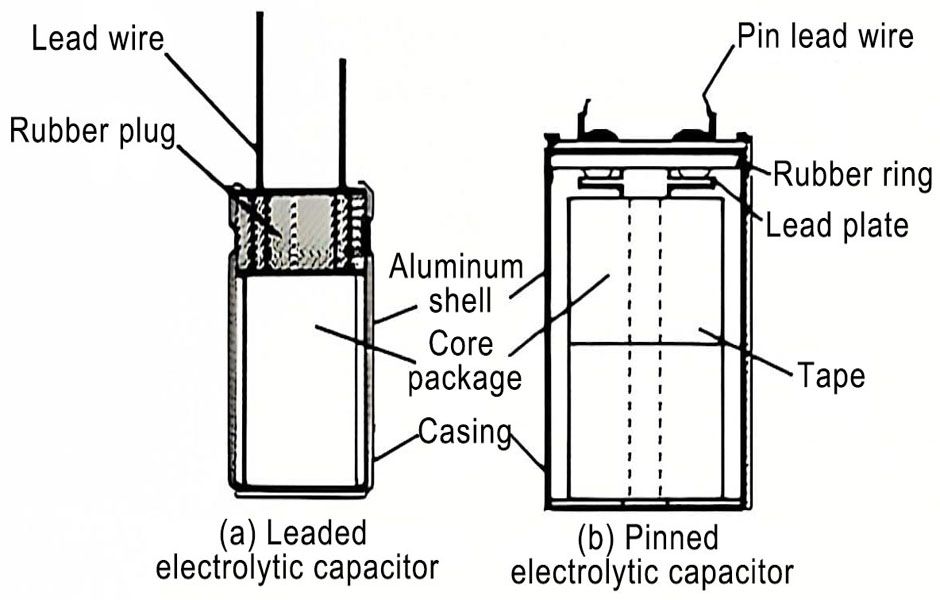AC capacitors are also called non-polarized capacitors. From the literal meaning, it can be seen that they can be polarized. How to test an AC capacitor?
1. Multimeter detection method
For fixed capacitors of O.01μF or more. The R×1k block of the multimeter can be used to directly test whether the capacitor is charging and whether there is an internal short circuit or leakage, and the capacity of the capacitor can be estimated according to the amplitude of the pointer swinging to the right. During the test operation, touch the two pins of the capacitor arbitrarily with two test leads, and then touch the test leads again. If the capacitance is good, the pointer of the multimeter will swing to the right and return to the infinity position quickly to the left. The greater the capacitance, the greater the amplitude of the pointer swing. If you repeatedly change the meter pen to touch the two pins of the capacitor, the pointer of the multimeter will never swing to the right, indicating that the capacitance of the capacitor has been lower than 0.01μF or has disappeared. During the measurement, if the pointer cannot swing back to the infinity position after swinging to the right, it indicates that the capacitor is leaking or has broken down.
2. Simple detection method of fuse
Use a fuse (the rated current In of the fuse is determined by the following formula: IN=0.8/C (A), where C is the capacitance of the capacitor) and the capacitor to be tested are connected in series to the 220V AC power supply, if the fuse The fuse blows, indicating that the capacitor has been short-circuited. If the fuse of the fuse does not blow, after a few seconds of charging, cut off the power supply, use a screwdriver with an insulated handle to short-circuit the two poles of the capacitor, and a spark occurs to indicate that the capacitor is good. On the contrary, it means that the capacitance of the capacitor has become smaller or has been opened. Use this method to judge the quality of the capacitor should be repeated several times to get a correct conclusion.
3. Series detection method of incandescent bulb and capacitor
Connect the incandescent light bulb and the capacitor in series to the 220V AC power supply. If the brightness of the incandescent light bulb is darker than connecting it directly to the 220V AC power supply, the capacitor is good; if the incandescent light bulb is not bright, it means the inside of the capacitor under test It has been disconnected; if the brightness of the incandescent bulb is the same as the brightness of it directly connected to the 220V AC power supply, it means that the internal of the capacitor has been short-circuited.
4. Megohmmeter test method
can also be tested with a megohm meter (250V level). Shake the handle, if the pointer is at infinity, it means the internal circuit of the capacitor is broken; if the pointer is at zero, it means the internal short circuit of the capacitor. It can also be used to test the ground of the capacitor by connecting the terminal of the megohmmeter to the terminal and the shell of the capacitor. Shake the handle, if the pointer is at zero, it means the capacitor is grounded.
5. Measurement of capacitor capacitance
Without a dedicated meter, a multimeter can be used to measure the capacitance of the power capacitor. The specific method is: use fuses (the specifications of which are determined by the capacitance of the capacitor) and the capacitor to be tested in series to connect to the 220V AC power supply. Measure the voltage U (V) across the capacitor with the AC voltage file of a multimeter




